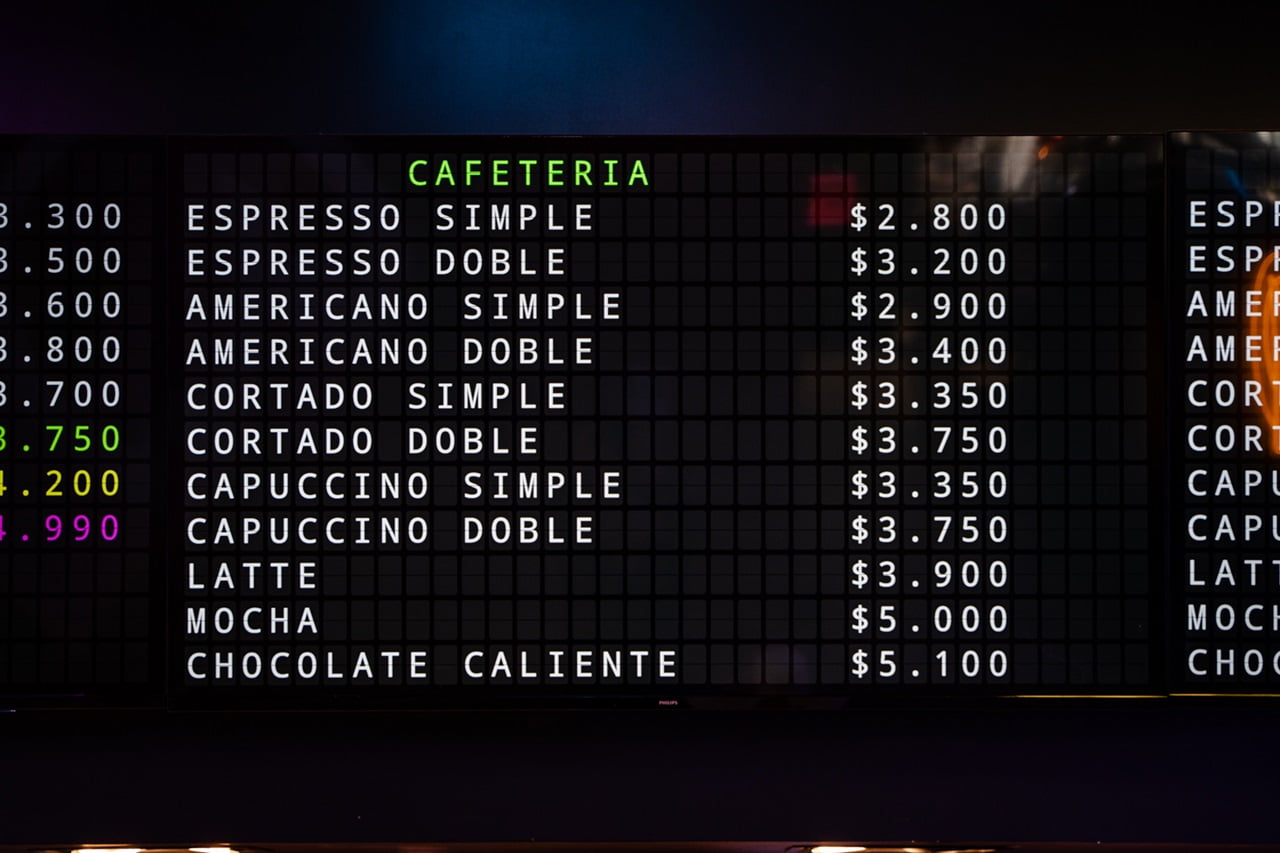In a world defined by the silent hum of technology, where our digital devices communicate through a symphony of quiet notifications and glowing screens, a new kind of sensory experience is making a powerful comeback. It’s the captivating “clack-clack-clack” of a split-flap display, a distinct metallic sound that doesn’t just convey information, it commands attention and stirs emotions. For a product like Split-Flap TV, this sound is not merely a nostalgic quirk; it’s a profound psychological tool, a piece of “mechanical poetry” that reconnects us to the physical world.
To understand the power of this sound, we must first look at its origins. From the 1960s through the 1990s, split-flap displays were the iconic information hubs of airports and railway stations. The rhythmic sound of the flaps flipping was an auditory signal that a new adventure was beginning, a train was arriving, or a flight was boarding. This sound became a prelude to new experiences, imbuing it with a powerful, almost Pavlovian association with travel, anticipation, and emotional resonance. This is why even today, at a time when we are inundated with silent digital displays, the sound of the flaps continues to resonate so deeply. The Massachusetts Bay Transportation Authority, for example, uses a generated flapping noise to cue passengers, a deliberate choice that proves the sound’s enduring significance as an alert for important changes.
The science behind this phenomenon is rooted in the field of sensory marketing and audio branding. Neuroscientific studies show that nostalgic stimuli, especially when presented through both auditory and visual channels, can elicit stronger positive emotional responses and enhance cognitive processing. Our brains are wired to react to sound. It’s not just a backdrop; it’s an integral component of our experiences that can create a tangible bond between consumers and their favorite brands. The consistent, distinct audio presence of a split-flap display becomes a form of sonic branding, a sound logo that is instantly recognizable and unforgettable. It moves beyond being a mere notification sound to becoming a part of the brand’s story, evoking feelings of excitement and reliability.
This powerful psychological effect is even more pronounced in the context of modern “digital fatigue.” This is the exhaustion that comes from being constantly plugged in, bombarded by non-stop notifications and the pressure to stay updated. The endless scrolling and constant digital noise have made us more skeptical and disengaged. In this environment, a product that offers a break from the screen, even while using a screen, is a refreshing change. The satisfying, intentional click of a Split-Flap TV cuts through the digital clutter with a physical, mechanical action that makes information feel tangible and earned, rather than passively consumed. It transforms a fleeting piece of data into a small, physical event, giving it a weight and importance that a silent pop-up on a screen can never replicate.
Ultimately, Split-Flap TV is not just a visual display; it’s a complete sensory experience. It leverages a sound that has been culturally ingrained for decades to create a moment of genuine engagement. For a business in a retail space, a coffee shop, or a hotel lobby, this sound is a conversation starter, a spectacle that makes people stop, stare, and ask questions. It’s a way to cut through the mundane and a demonstration of a brand’s intentionality and respect for human experience. By providing the option to include this iconic clicking sound, Split-Flap TV is not only reviving a classic technology but is also delivering a powerful, emotionally resonant, and attention-grabbing experience that stands in stark contrast to the overwhelming digital world. It proves that in an age of information overload, the way you present your message is just as important as the message itself.

